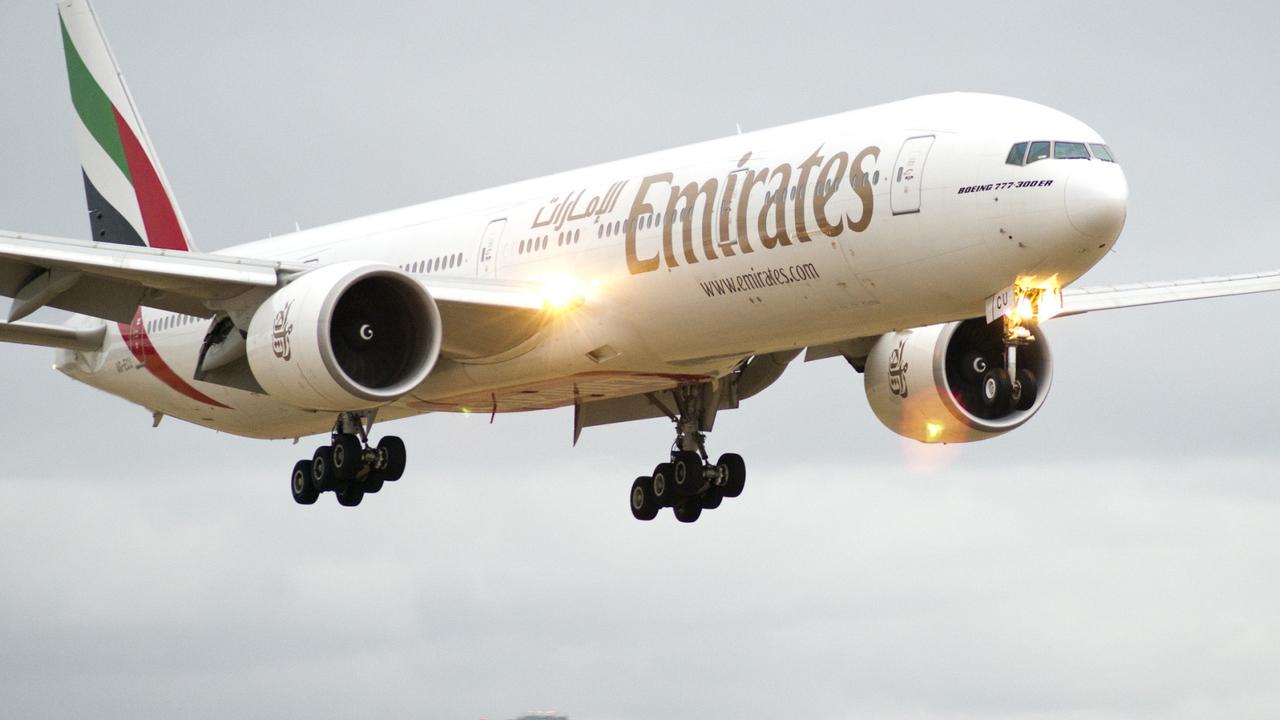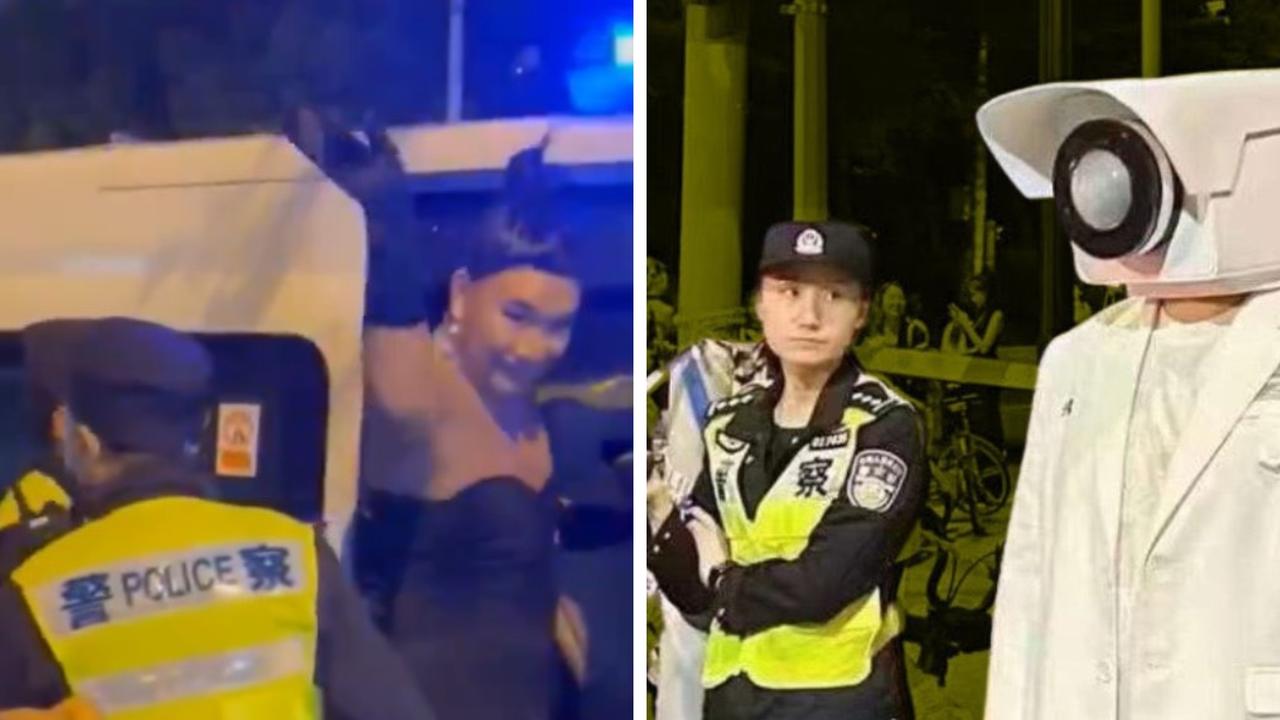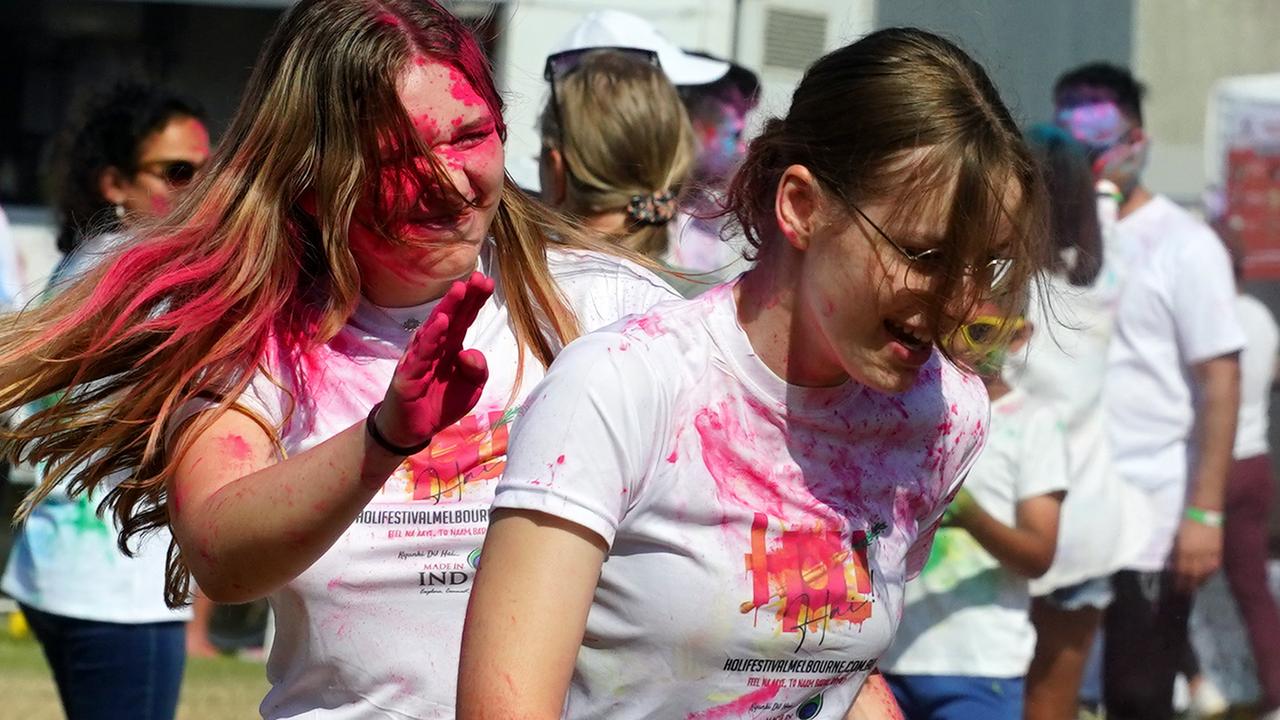Border response: States to slam borders shut to Victorians
State and territory leaders across Australia have made snap border decisions in response to Victoria’s outbreak. Here are the changes.
State and territory leaders across Australia have hardened border measures to prevent Victoria’s outbreak from spreading interstate.
All states and territories moved to change travel rules on Friday as Victoria entered a strict five-day lockdown.
From 6pm Friday, WA will introduce a hard border with Victoria for 72 hours, meaning no one can enter the state, Premier Mark McGowan said.
Queensland will also close its border to Melbourne from 1am Saturday.
Melbourne will be declared a hotspot for 14 days and anyone from 36 of the city’s local government areas will not be allowed to enter the Sunshine State.
Queensland’s Acting Health Minister Steven Miles made the announcement on Friday, saying it would allow government to “protect Queenslanders”.
RELATED: Holiday Inn COVID-19 cluster grows
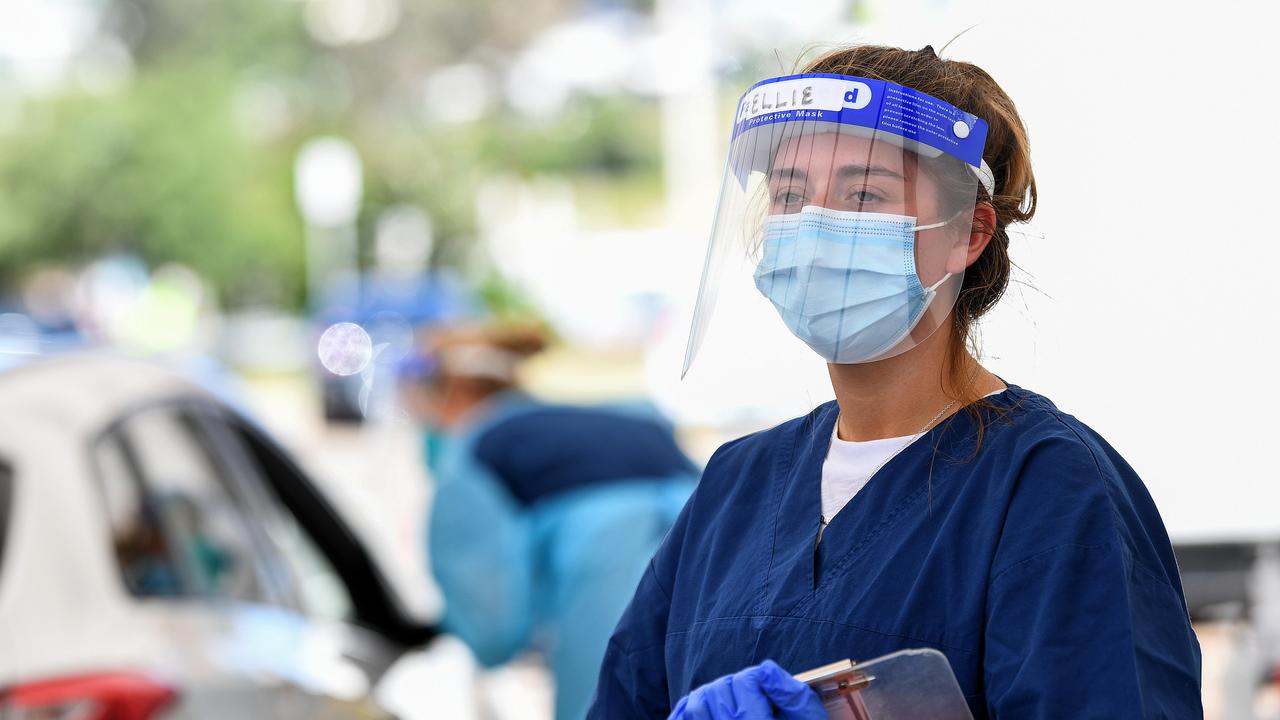
The call came moments after Victorian Premier Daniel Andrews announced a snap five-day lockdown following an emergency meeting with his cabinet as the Holiday Inn cluster continues to spread.
Victoria will return to stage four restrictions until Wednesday.
Individuals who have been to areas of concern in Victoria and are already in Queensland are being contacted by health authorities amid concerns about the pace and spread of the virus in Melbourne.
“They (Victorian health officials) notified us of additional locations where they are concerned people were infectious while in the community and that has led to a very large number of contacts needing to be traced in Queensland,” Mr Miles said.
“Terminal four of the airport, in particular, has led to more than 1500 who are now in Queensland who need to be contact traced.”
In response to Victoria’s outbreak, officials in the Northern Territory have also declared Melbourne and Tullamarine Airport a COVID-19 hotspot.
This means anyone arriving in the Top End, effective immediately, must isolate at the Howard Springs quarantine facility or take the first return flight home.
Anyone who is already in the Northern Territory and has been in Melbourne, including the airport, since February 7 must self isolate until they receive a negative result.
From midnight Friday, Tasmania will shut its border to Victorians.
Premier Peter Gutwein said the entire state of Victoria would be classified as a high-risk location.
Tasmanian residents will be allowed to return home but must self-quarantine for 14 days.
The ACT will introduce travel restrictions with Victoria from midnight.
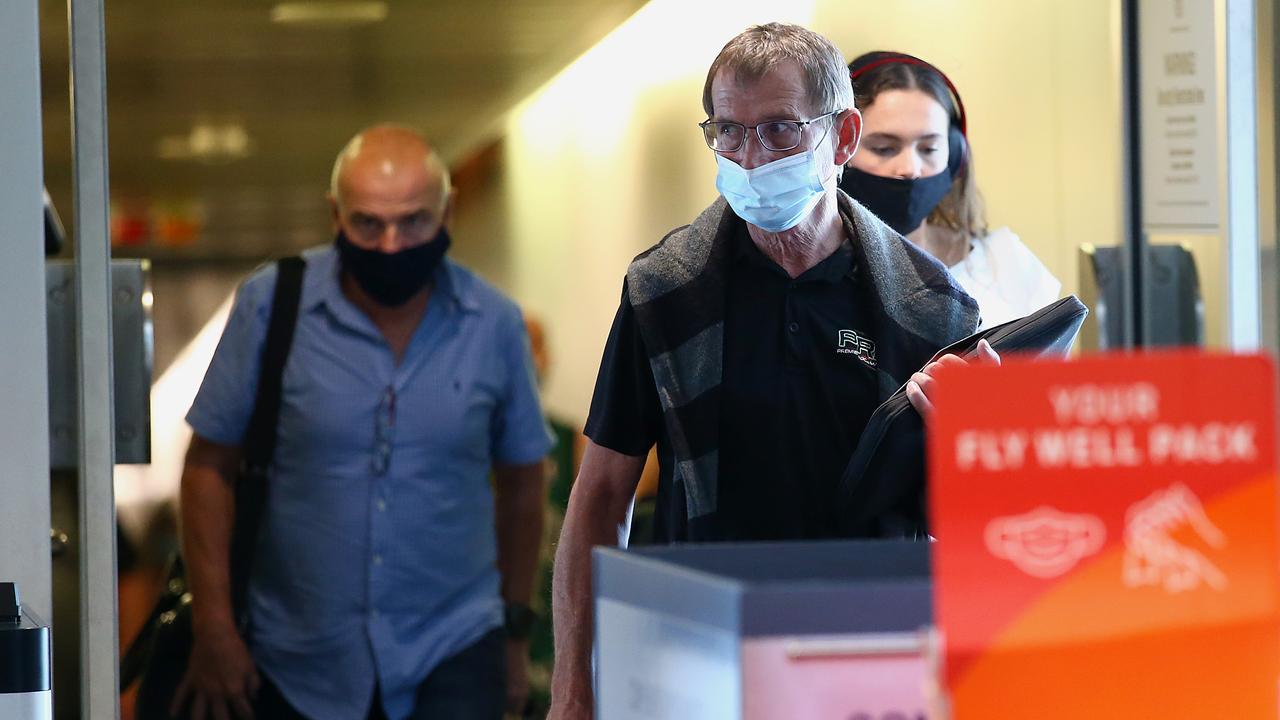
The territory’s chief health officer Kerryn Coleman said residents in Victoria should stay there and take part in the five-day lockdown.
Any ACT residents who return home before midnight do not need to quarantine but should get tested if they experience any symptoms.
If they return after midnight Friday, they will need to self-quarantine for five days, in line with Victoria’s snap lockdown.
For NSW, anyone who arrived in the state from Victoria after midnight on Friday must follow the same stay-at-home rules that will apply in the southern state until Wednesday.
“People arriving in NSW from greater Melbourne by road will also be required to complete a declaration form. This is addition to persons arriving from Victoria by air or rail,” NSW Health said in a statement.
People who have to isolate in NSW will be permitted to leave their places of residence for the same four reasons allowed under the Victorian restrictions.
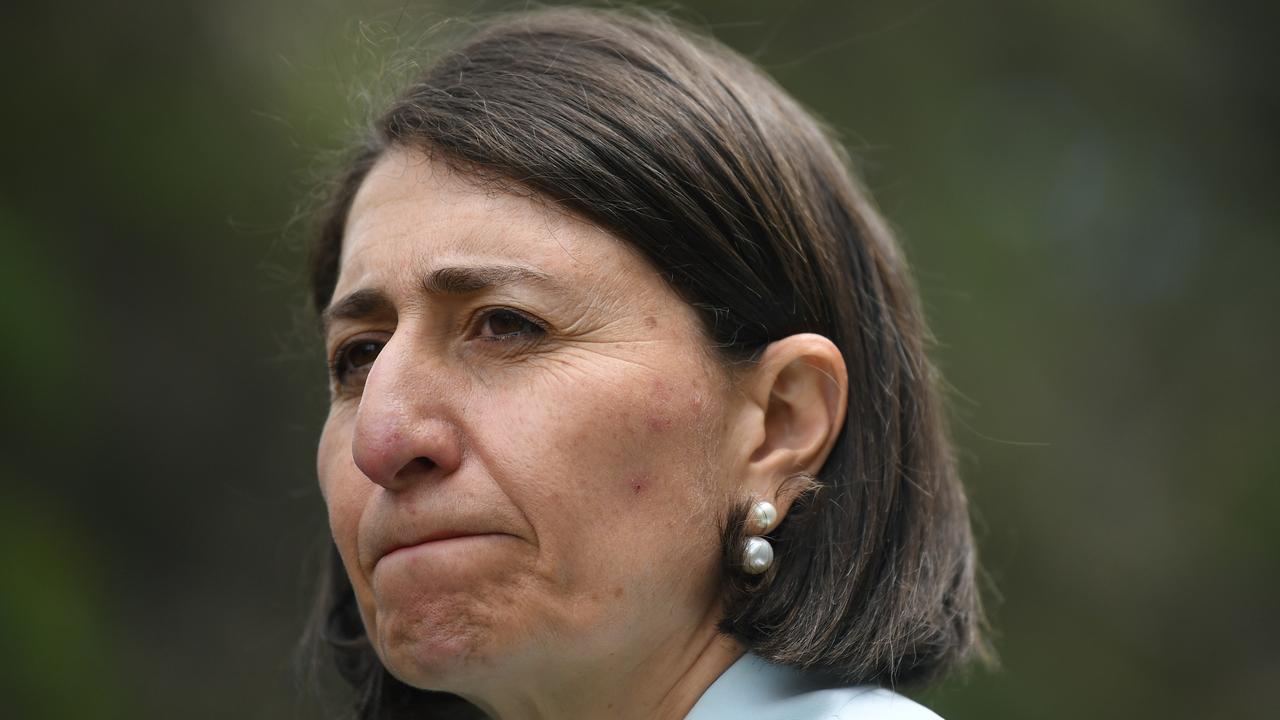
Those four reasons are: to shop for essential items, to seek medical care, to provide care, for exercise or for essential work. This is effective immediately.
NSW Premier Gladys Berejiklian said arrivals were being screened and the border would remain open.
“We wish the people of Victoria well during this difficult time,” she said in a statement.
“NSW acted immediately to screen returning travellers from Victoria as soon as the information was provided to us.
“The border between NSW and Victoria will remain open.”
If people living on the NSW-Victoria border return from Melbourne after midnight Friday, they will be made to stay at home for five days.
“(The measure) will not apply to NSW border residents who travel into regional Victoria,” NSW Health said.
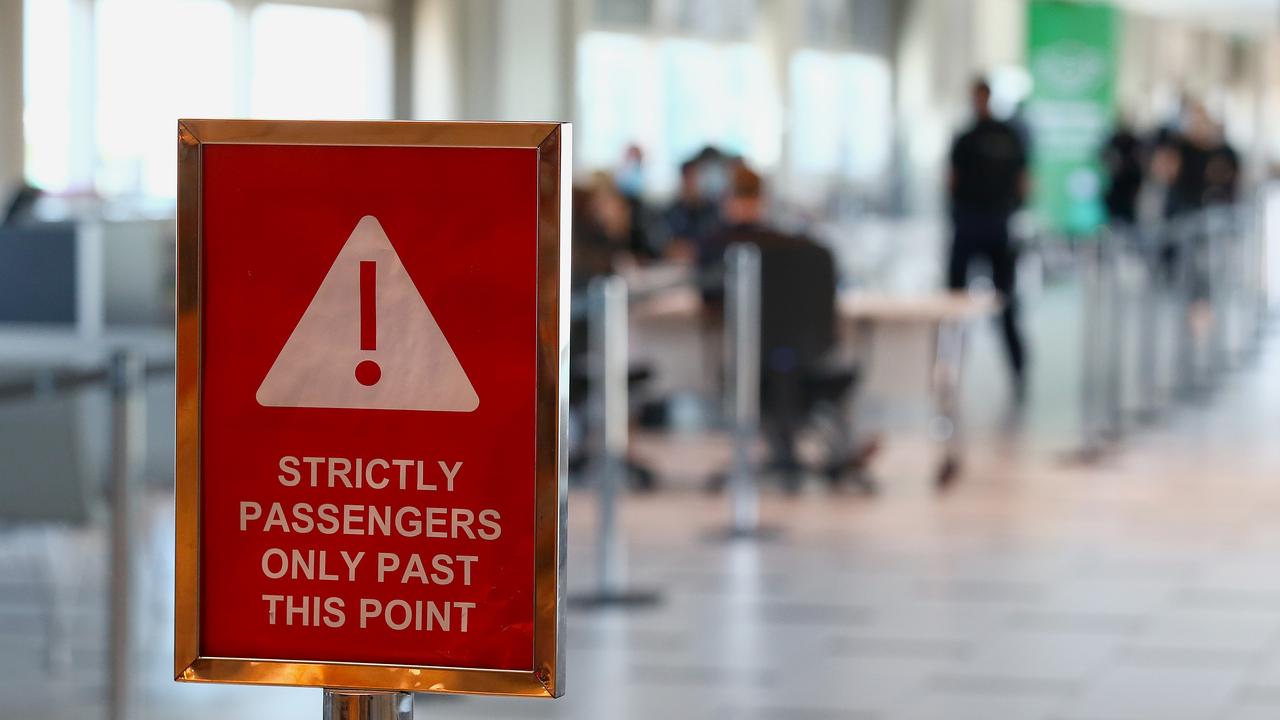
A ‘bubble’ arrangement will be in place for those living in border communities and they will not be made to fill out a declaration form.
South Australia’s Premier Steven Marshall said transit through Tullamarine Airport to SA would no longer be permitted without 14 days of quarantine from today.
People who have been through terminal 4 of the airport from February 9 need to quarantine for 14 days as well as their family or household contacts.
The border closure has also been extended to the entire state, not just Melbourne, the premier announced. This will remain in place for as long as Victoria is in lockdown.
“I want to thank every single South Australian for their patience and for working with these restrictions. We know that they’re hugely inconvenient but by working together, we can help keep our state safe,” Mr Marshall said.
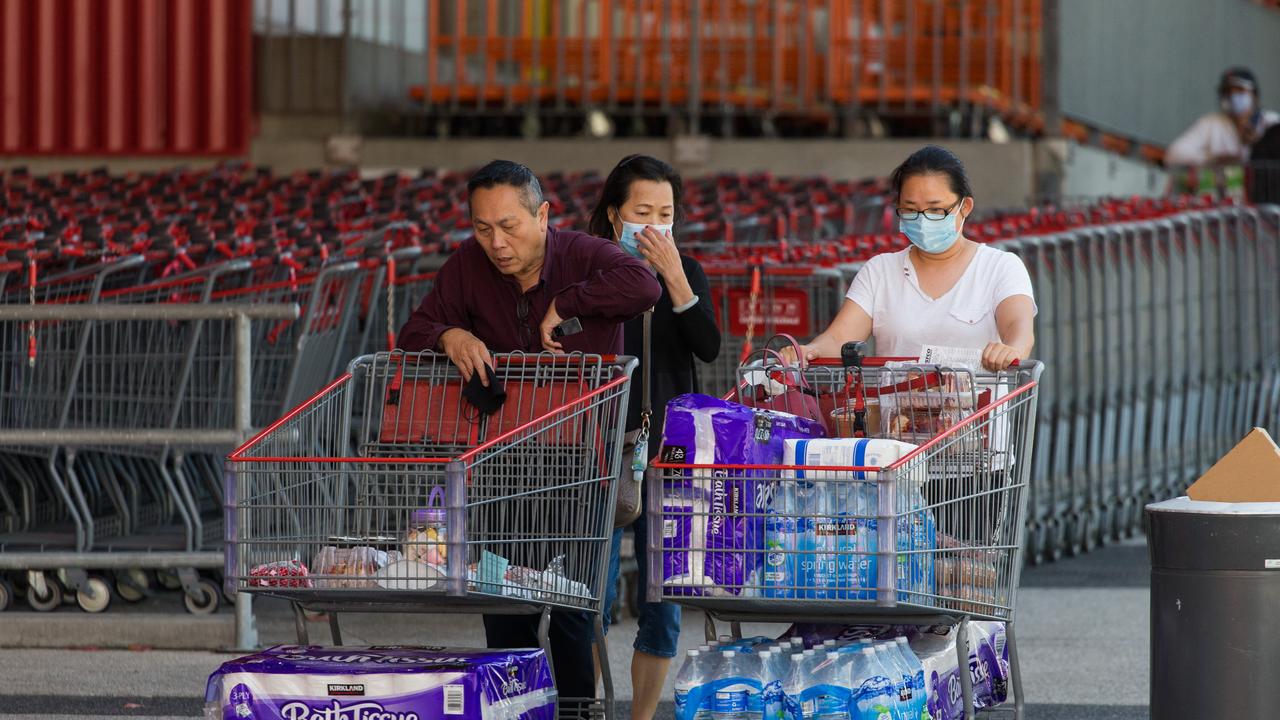
The border updates come as the Melbourne cluster linked to the Holiday Inn grew by two on Friday, taking the outbreak to 13 cases, with six of the cases already confirmed by genomic sequencing as having the UK’s highly contagious B117 strain.
Victorian health authorities also added Brunetti at Melbourne Airport’s Terminal 4 to the list of Tier 1 exposure sites overnight. Anyone who visited the cafe between 4.45am and 1.15pm on Tuesday must get tested and remain isolated for 14 days.
A staff member at the Holiday Inn in Tullamarine became the latest infection linked to the cluster.
Victoria’s deputy secretary of community engagement and testing Jeroen Weimar said it was a “working assumption” that all cases associated with the hotel cluster were of the UK variant.
“Clearly it is a very live outbreak,” he said. “We are at this stage reassured by the fact that all of these positives emerged from a primary contact field - that is important to us.
“And although we are now seeing two cases of household transmission, again it’s in the household. That gives us some confidence, but this is early days.”

